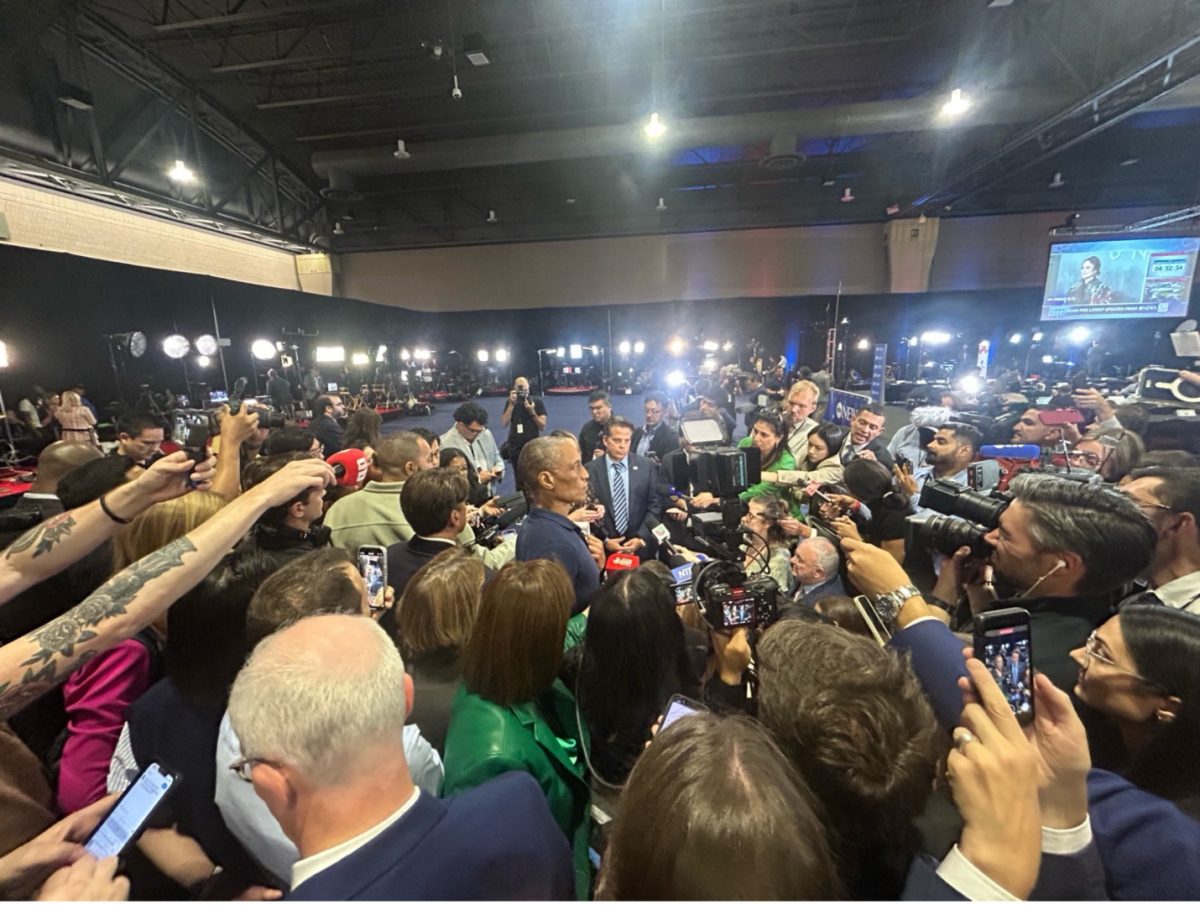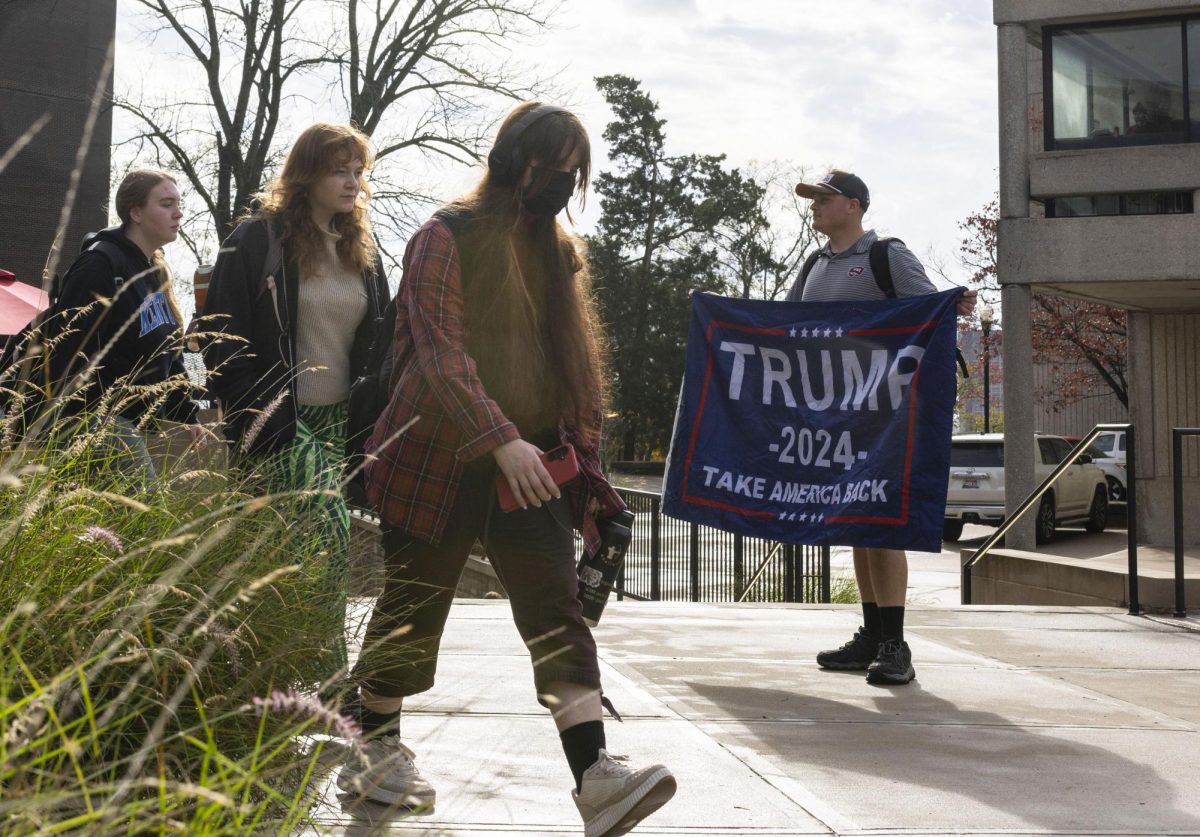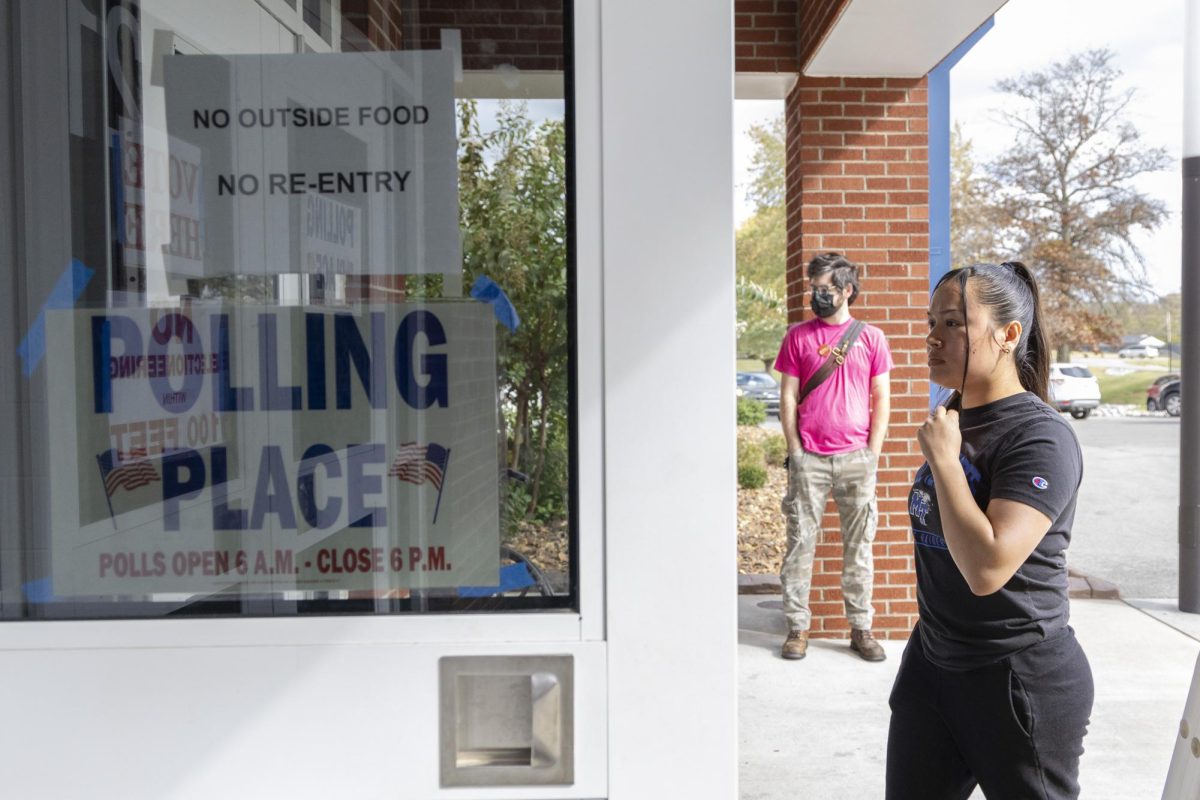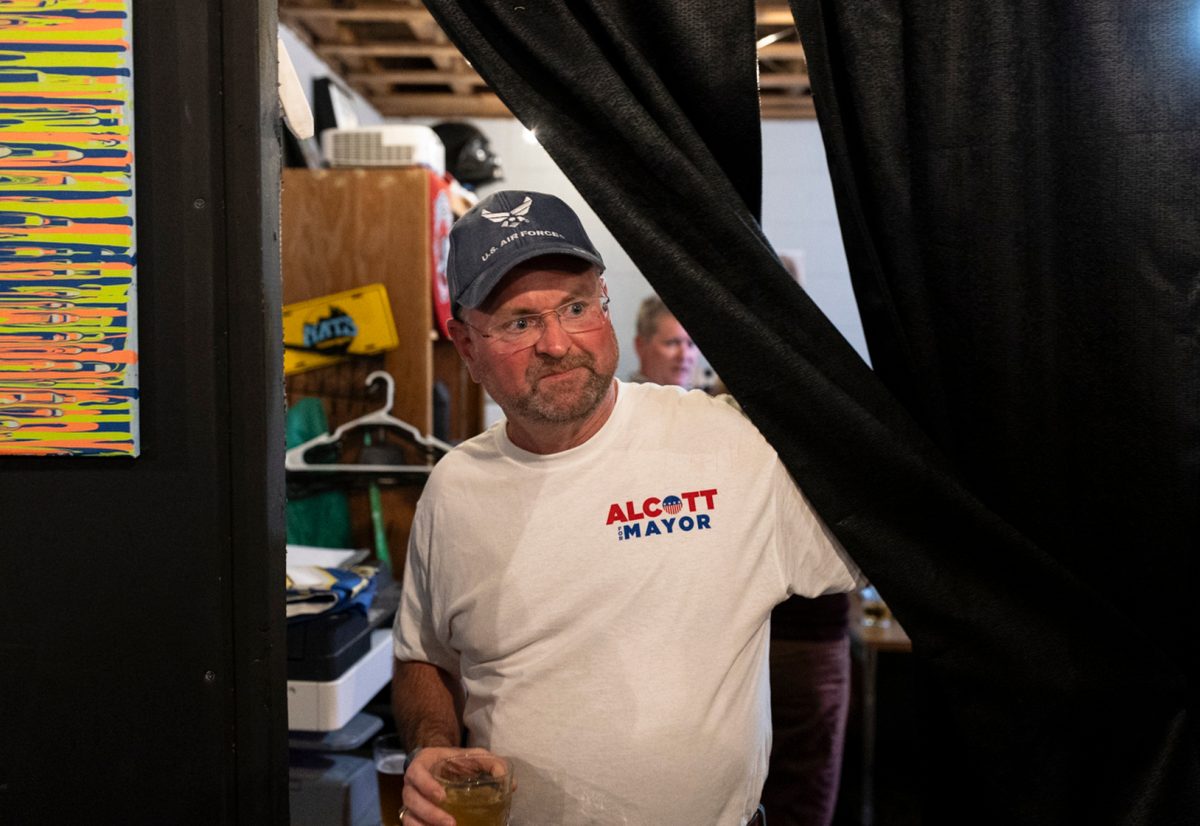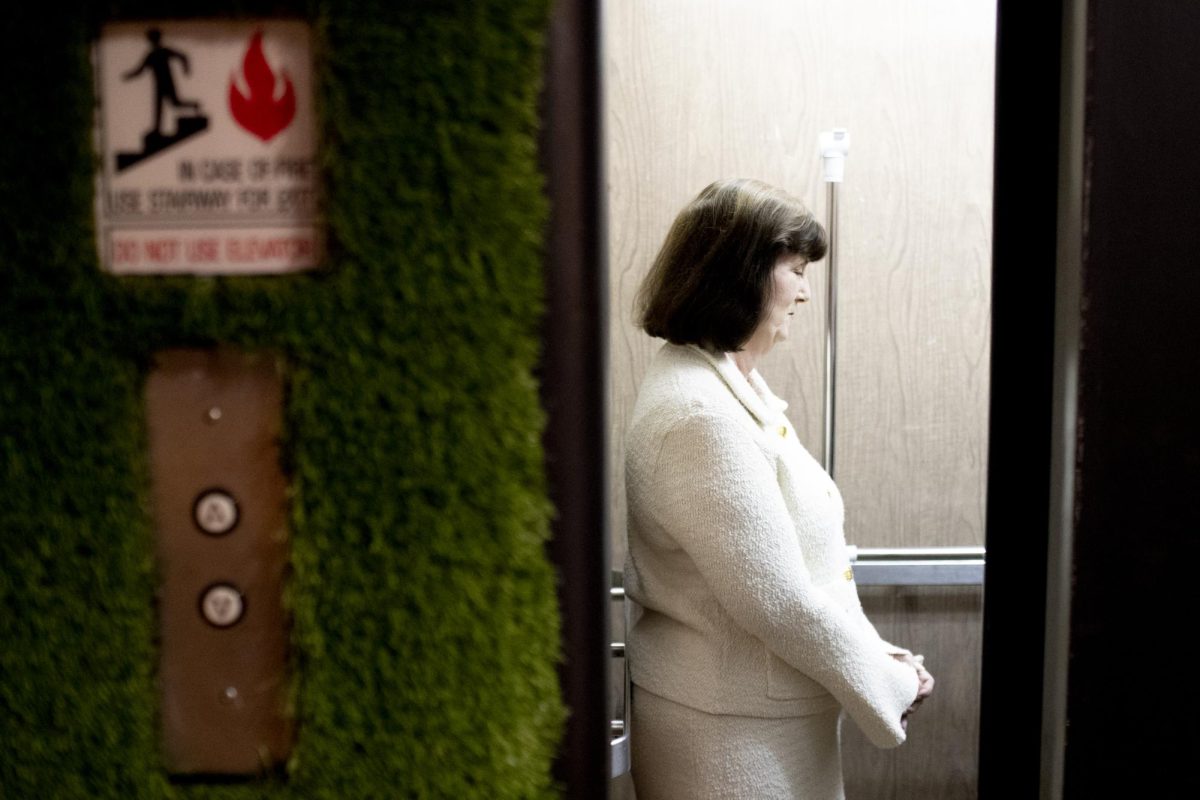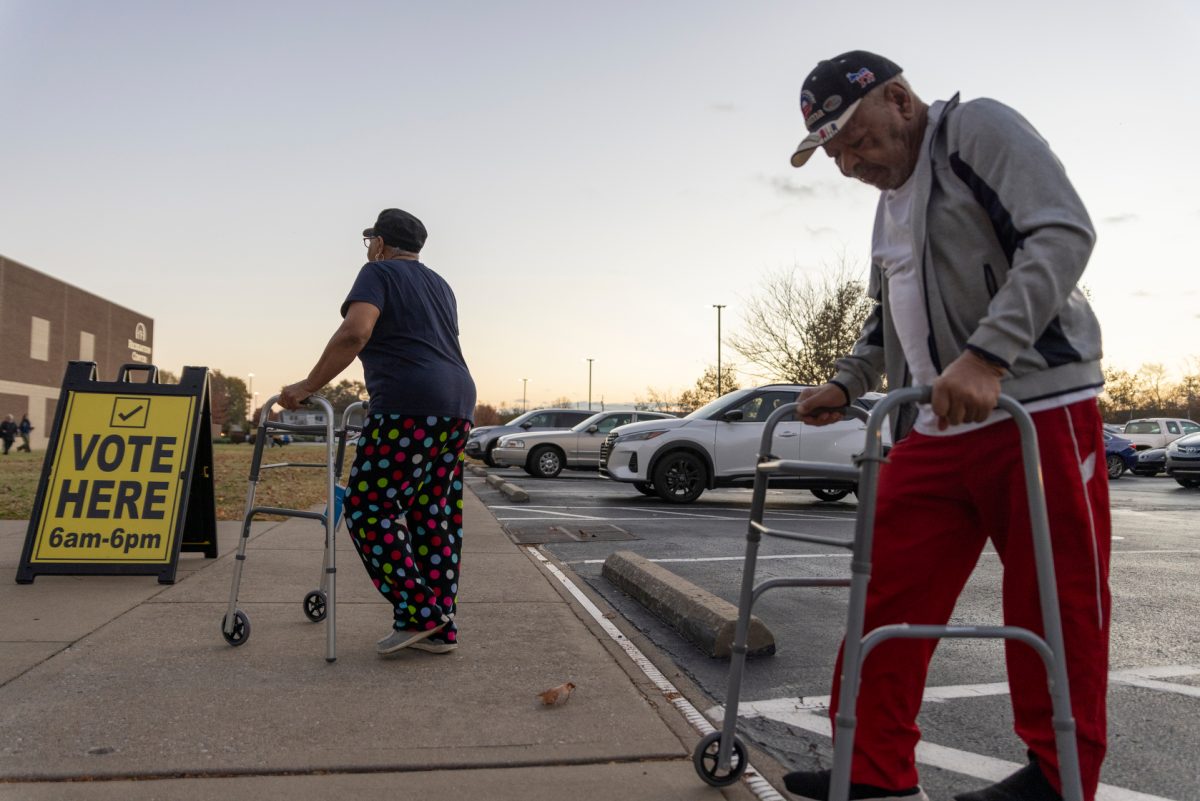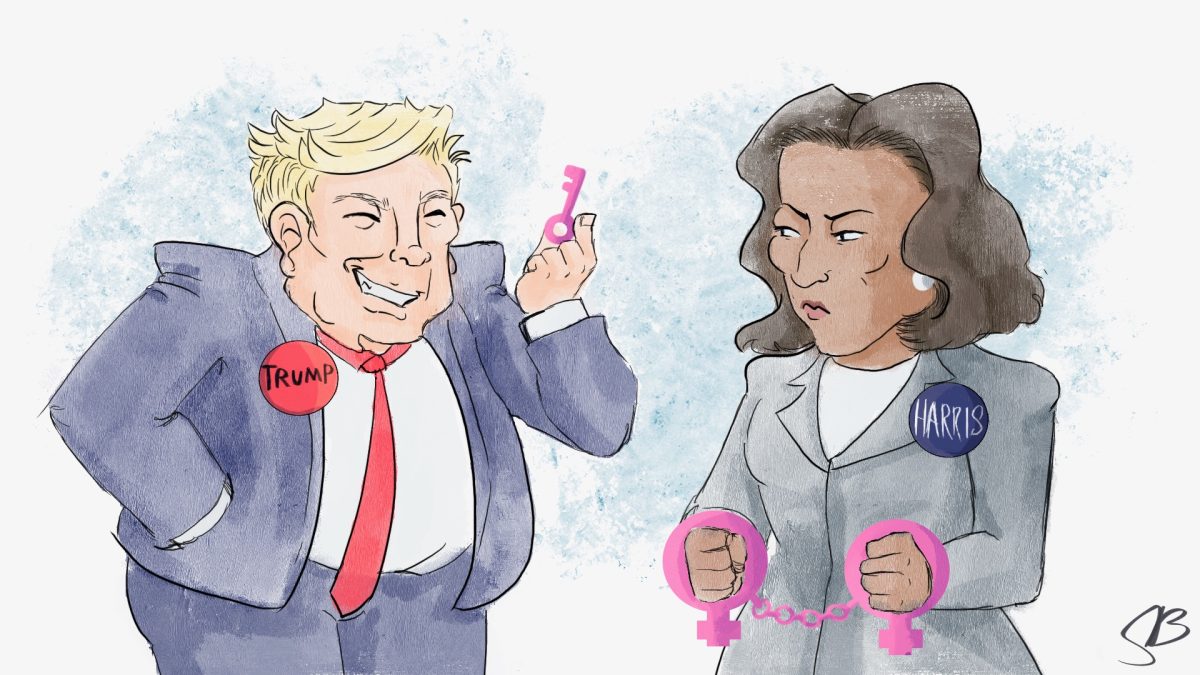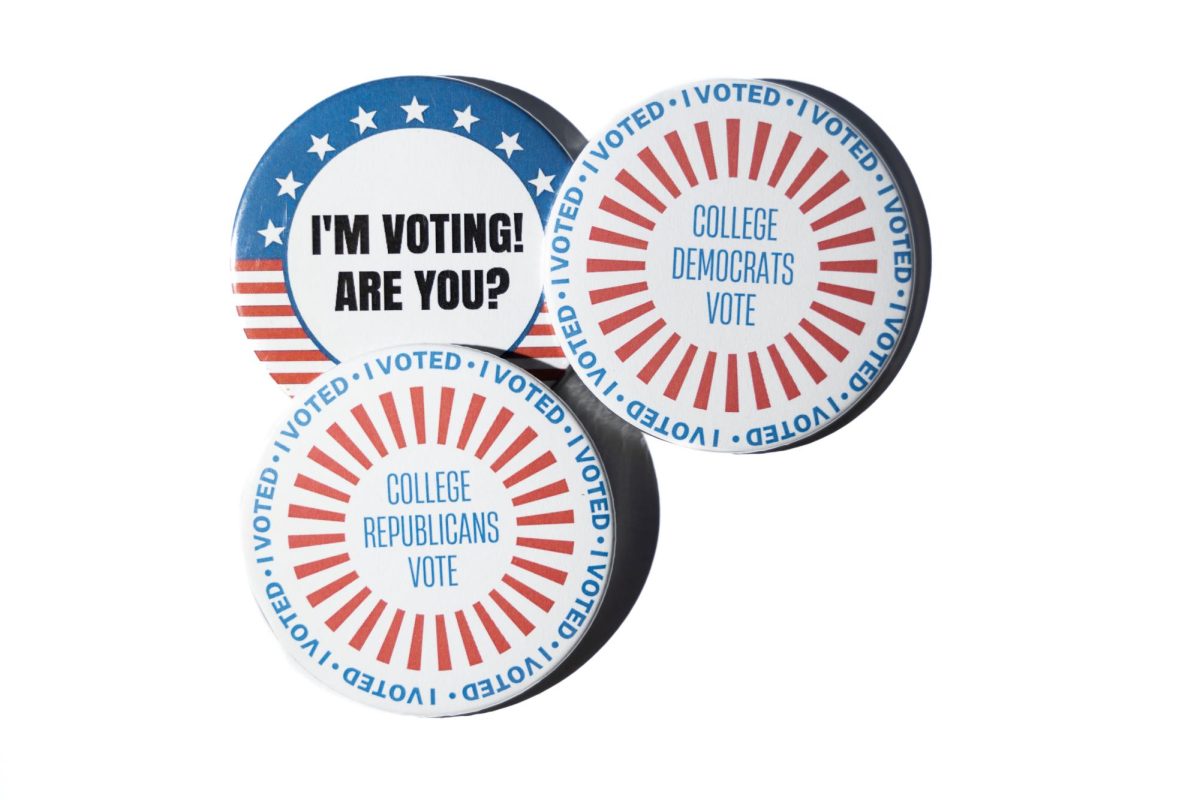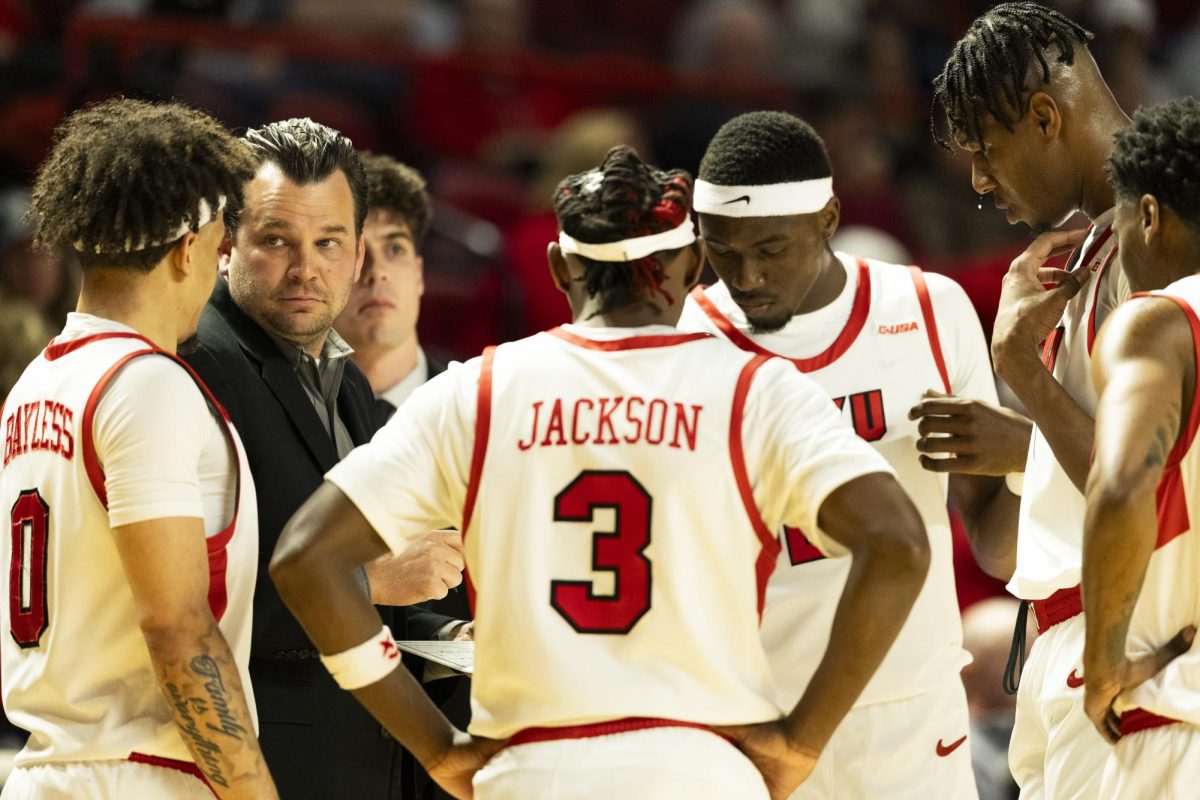Last week, former President Donald Trump and Vice President Kamala Harris faced off in the first and likely only debate of the 2024 presidential race. The Herald received credentials from ABC News to cover the debate in Philadelphia from the media center and spin room. While all the focus of the night was on the debate stage, it is interesting to peel back the layers into what each campaign is doing off stage.
The debate was held in the National Constitution Center in downtown Philadelphia. Because the campaigns had agreed that the debate would have no live audience, no one was allowed in the Constitution Center except campaign officials and ABC News staff members.
A few blocks away from the Constitution Center is the Pennsylvania Convention Center, which is where all media were stationed. At 5 a.m., the morning of the debate, media was allowed inside the building. To enter the convention center, reporters were required to pass through a Secret Service security checkpoint. Here, Secret Service agents looked through everyone’s bags, and reporters had to walk through a medical detector and past bomb sniffing dogs.
Once inside the building, media members had access to two rooms: the media filing center, and the spin room. The media filing center contained hundreds of desks, one for each approved member of the media, where reporters could sit and work on their coverage of the event. Inside the filing center were large projector screens, where journalists watched the debate.
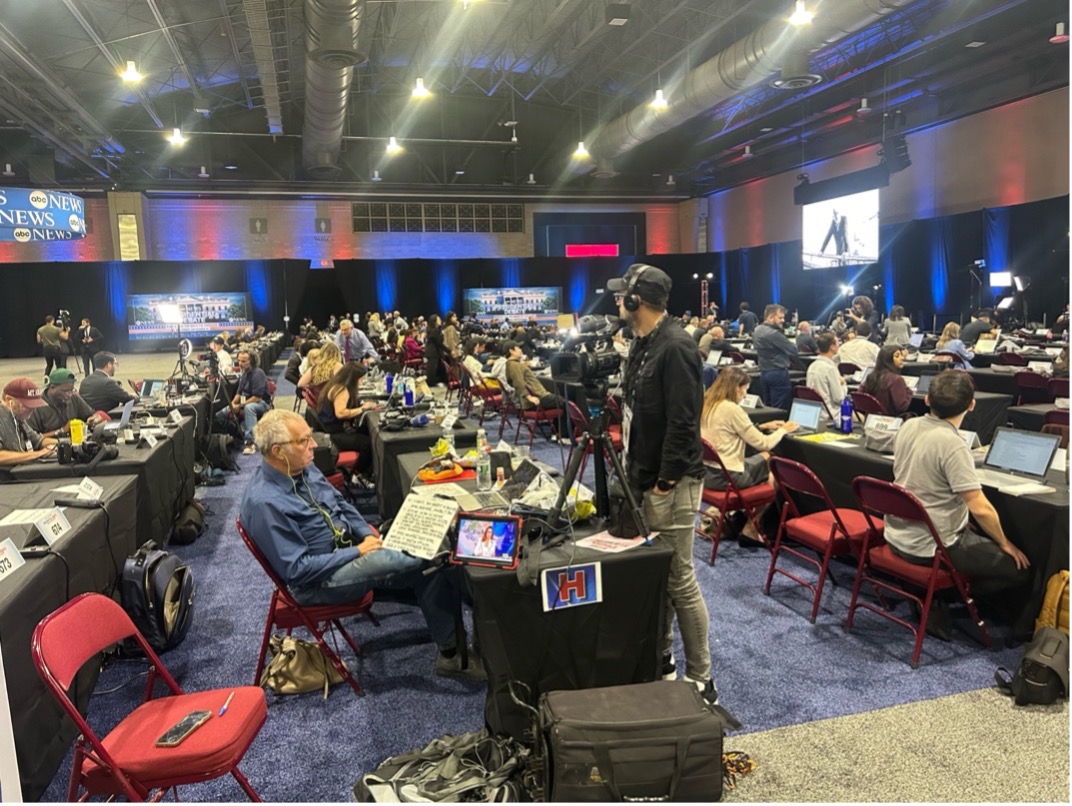
In the room directly adjacent to the filing center was the spin room. The spin room is where each campaign sends representatives, called surrogates, to “spin” (hence the name) the media coverage in favor of their side. While it does occasionally happen, candidates typically do not come into the spin room, instead relying entirely on their surrogates to create a narrative.
At about 3 p.m., six hours before the debate began, I got a text from a reporter with sources close to the Harris campaign saying that the campaign would be bringing in Anthony Scaramucci as their first surrogate shortly. Scaramucci was, for a short time, the director of communications for the Trump White House. However, he has in recent years advocated against Trump. Upon reading the text, I rushed to the spin room, finding a small crowd of reporters waiting for his arrival. Fifteen minutes later, Scaramucci arrived. He was immediately swarmed by reporters and gave his testimony of why he believed that Trump shouldn’t be president.
Shortly after Scaramucci’s appearance, the Trump campaign released the first few of its surrogates to the spin room. First was Congressman Byron Donalds of Florida who sat down for an interview with ABC before stepping onto the spin room floor to answer questions.
Entering the room soon after Donalds was a relatively new Trump ally, former presidential candidate Robert F. Kennedy Jr., who did multiple interviews with news stations and spent a significant portion of the night campaigning on behalf of Trump. Kennedy ran for president during this election cycle as an Independent, campaigning largely on the popularity of his uncle, President John F. Kennedy. Last month, amid declining support, Kennedy suspended his campaign for president and endorsed former President Trump. He has since been named to Trump’s presidential transition team.
After these appearances, it was almost time for the debate. Media members packed into the filing center to watch and campaign surrogates exited the room to attend their respective campaigns’ watch parties. When Trump and Harris took the stage, the crowd of reporters went silent. For the next 90 minutes, the candidates debated policy and took personal jabs at each other. Some moments brought laughter throughout the room while others brought gasps. When the debate was over, the general consensus among the media was that Harris had won the debate. I was told, this would mean her campaigns surrogates would not stick around as long in the spin room. With the debate now over, it was time for the action.
Shortly after the debate, security set up a taped off perimeter. We were told that Senator JD Vance, Trump’s running mate, would be addressing the media after the debate, so we all assumed this perimeter was for him. About 15 minutes later, Vance and his Secret Service detail entered the room. He then gave his brief remarks before answering questions from the media.
As Vance was speaking, surrogates from both campaigns entered the room. One of the first to enter was Vivek Ramaswamy, a former Republican candidate for President, who many see as a rising star in the republican party. It seemed that Ramaswamy largely hit Trump campaign talking points in an effort to spin the media’s perception of the debate.
Additionally, both campaigns sent prominent governors to speak on their behalf. For the Republicans, this meant Kristi Noem, Gov. R-SD, and Doug Burgum, Gov. R-ND. For Democrats, this meant Gavin Newsom, Gov. D-CA.
Noem is the young governor from South Dakota. She was reportedly one of the candidates on Trump’s shortlist for Vice President before he ultimately selected Vance.
Doug Burgum is the Governor of North Dakota and a former Republican candidate for President. He recently opposed Trump in the Republican primary election, but has endorsed him in the general election. It is worth noting that when I had a chance to speak to Burgum, his last words in our conversation were “Go Tops.”
Before the debate, I had heard rumors that President Trump would make an appearance in the spin room later into the night. However, I wasn’t sure of the validity of these rumors. At about 11:15 p.m., I noticed that another speaking area had been taped off but we were not informed who it was for. Shortly after I received a text saying Trump was en route to the spin room. As the news spread through the room that the former President would be addressing the media, a crowd began to form around the taped off area. At 11:30, about an hour after the end of the debate, Trump entered the room. He spoke to the media saying that he believed it was his best debate performance yet and claimed victory. He then took a few questions from reporters before sitting down for a TV interview and leaving the room. There was a surge of energy when Trump entered the room as everyone rushed to take pictures and ask questions of him.
Trump spoke to the media for about seven minutes before leaving for his interview. By the time he had left, so too had most of the Democratic surrogates. As previously mentioned, I was told that the Democratic surrogates would leave earlier because of Harris’s strong performance in the debate. Many Republican surrogates stayed until the room closed at 1:00 a.m. This, along with President Trump’s appearance, indicates that they likely believe their candidate lost the debate, or at least that it was close.
As the night began to come to a close, it was interesting to see the cross-partisan interactions increase. Many mainstream Republicans and Democrats began to speak and seemed to have a friendly relationship with each other. It’s an excellent reminder that public figures who appear to be enemies may be good friends in private.
This can serve as a reminder for the need to reach across the aisle. It seems as though oftentimes, voters are left hating each other, even when the figureheads they support don’t.
This historic night will certainly have a huge impact on the future of the country. Discourse such as in what occurred in the debate is what makes our democracy unique and strong.
Commentary Writer Caleb Neitzel can be reached at caleb.netizel426@topper.wku.edu.

